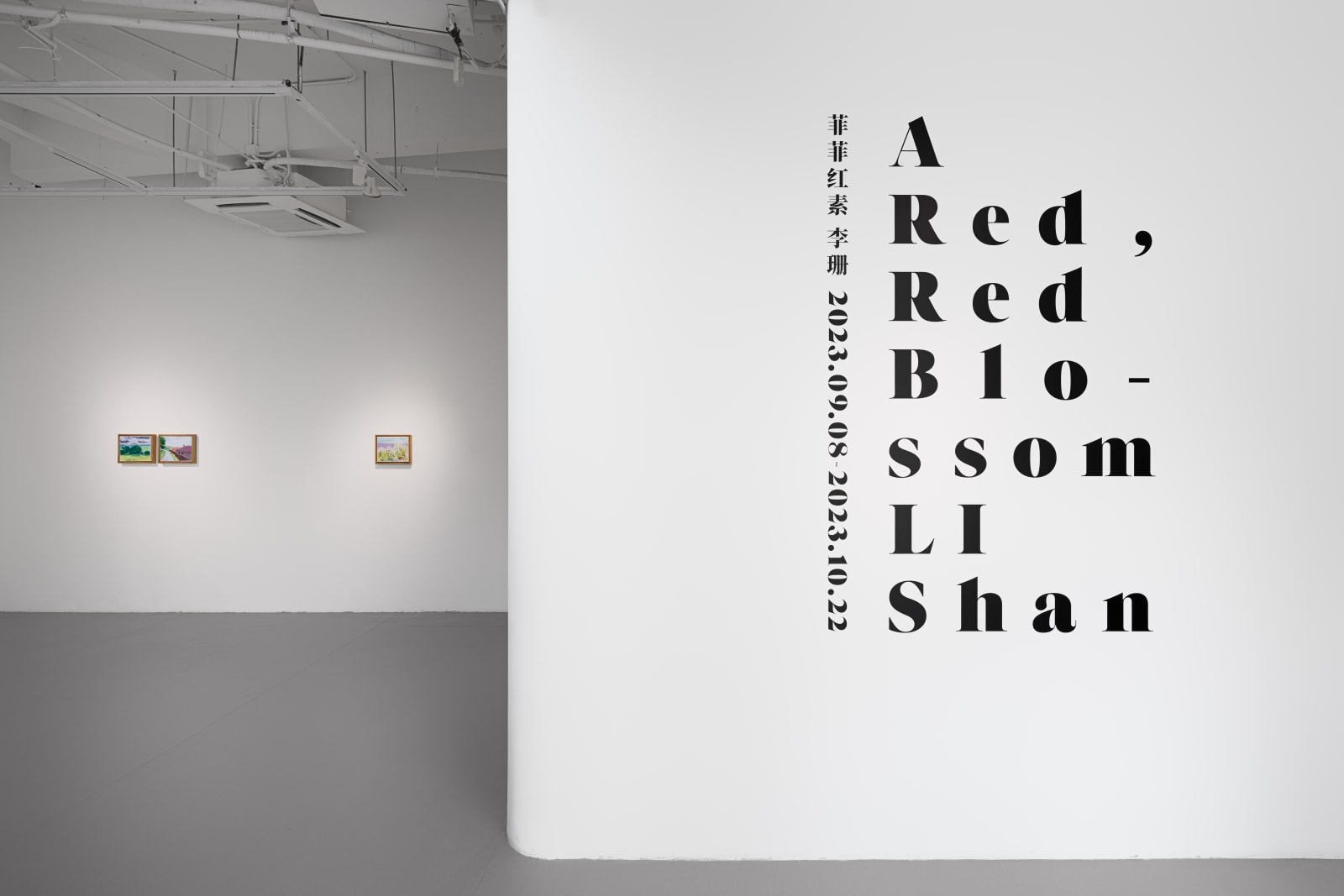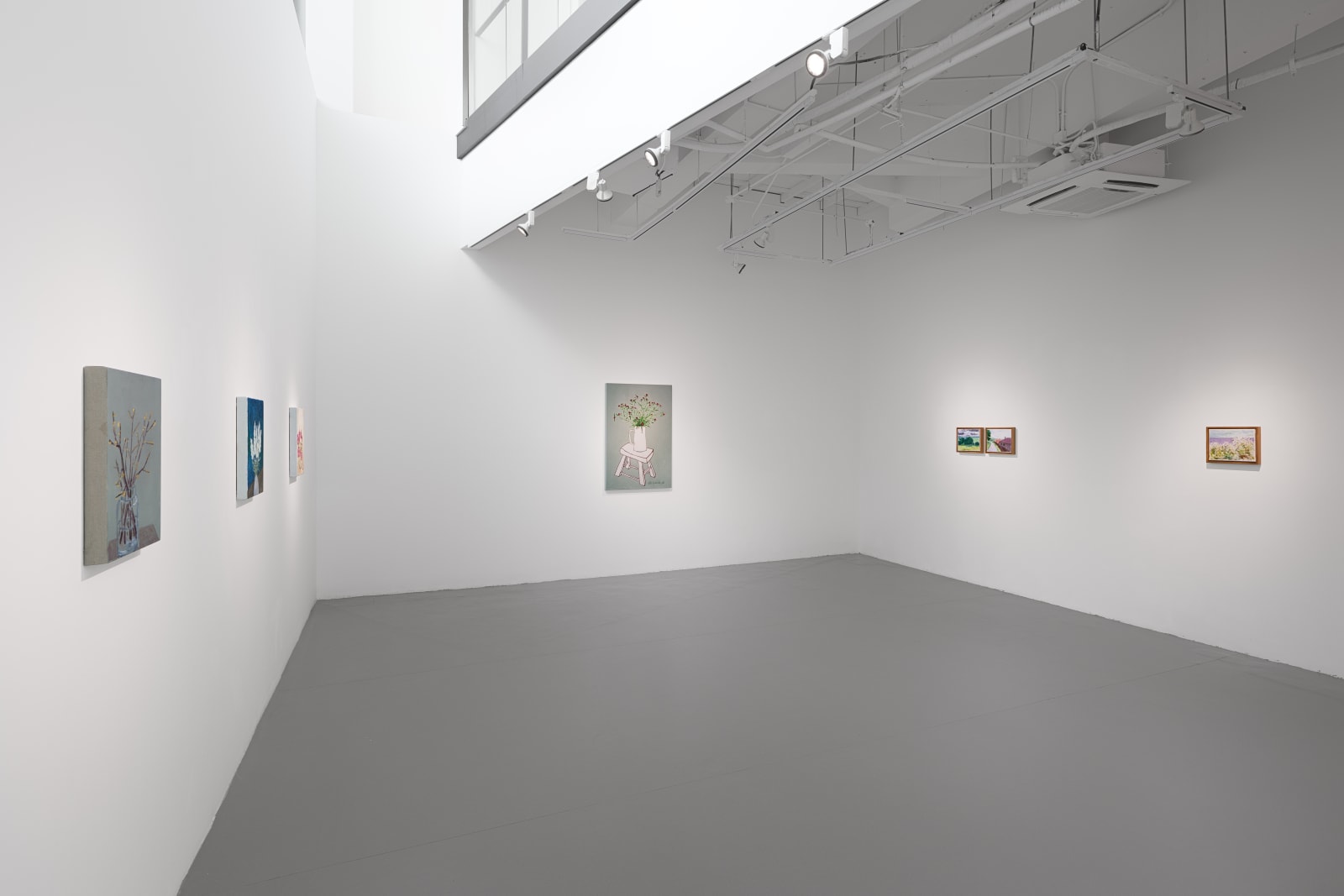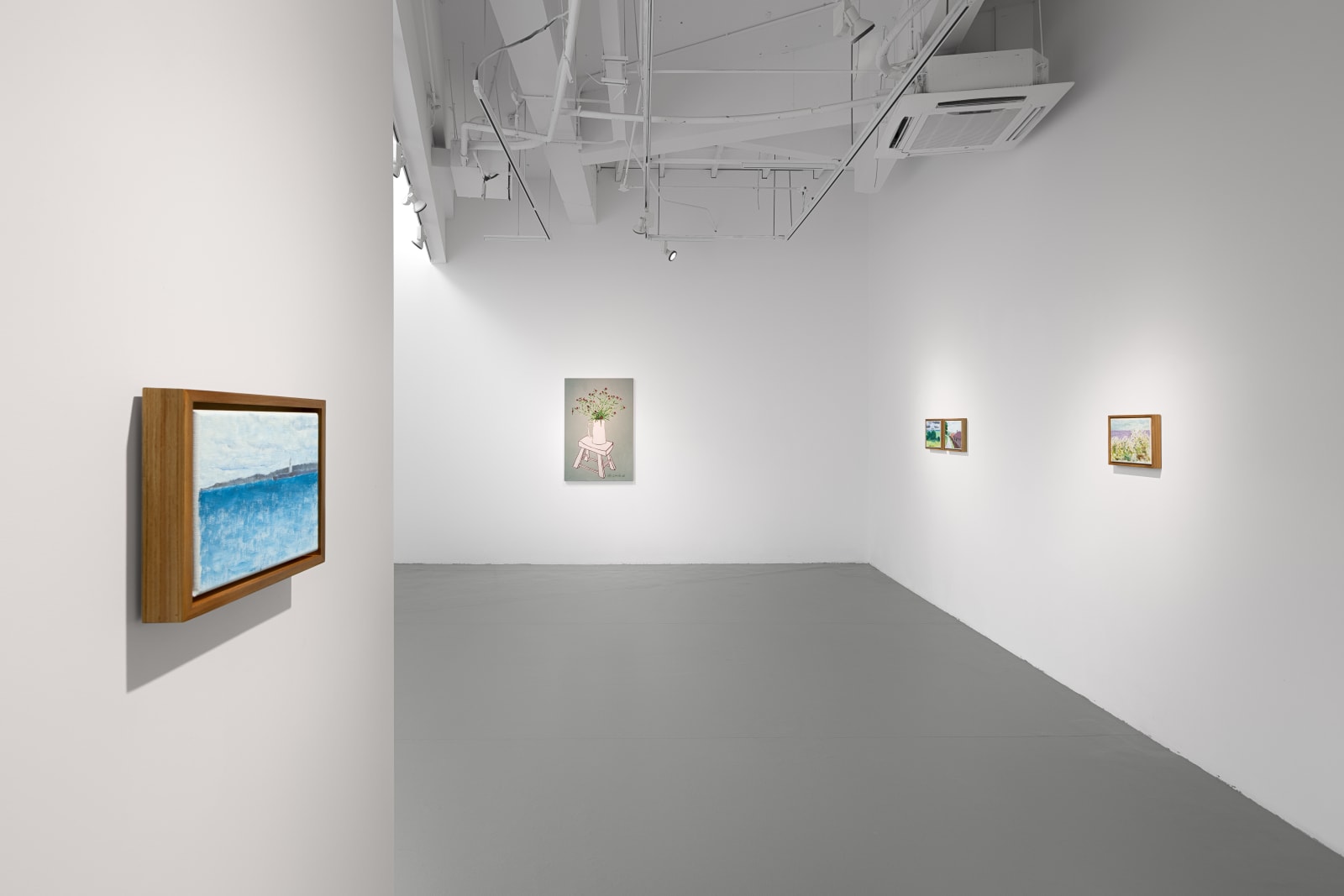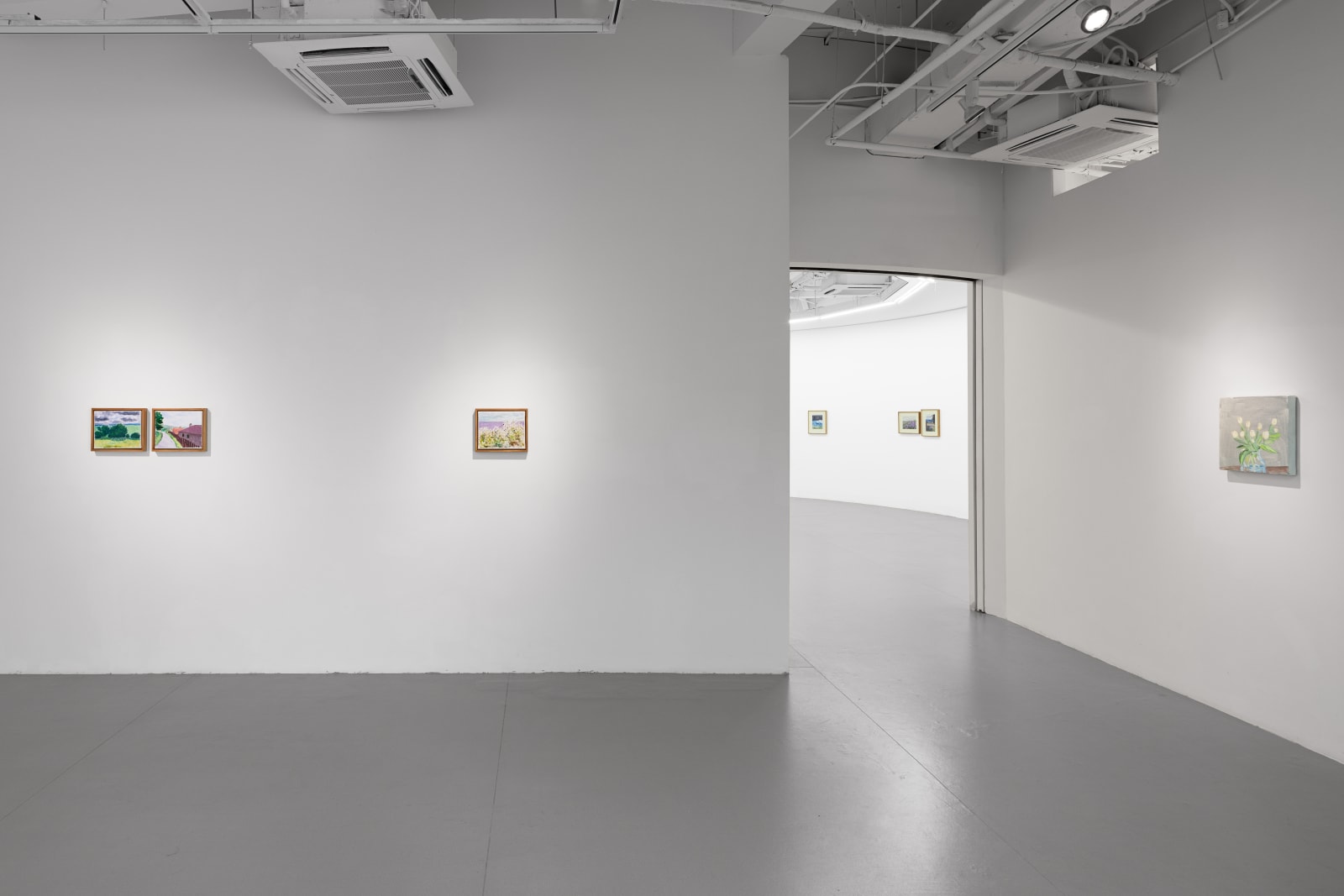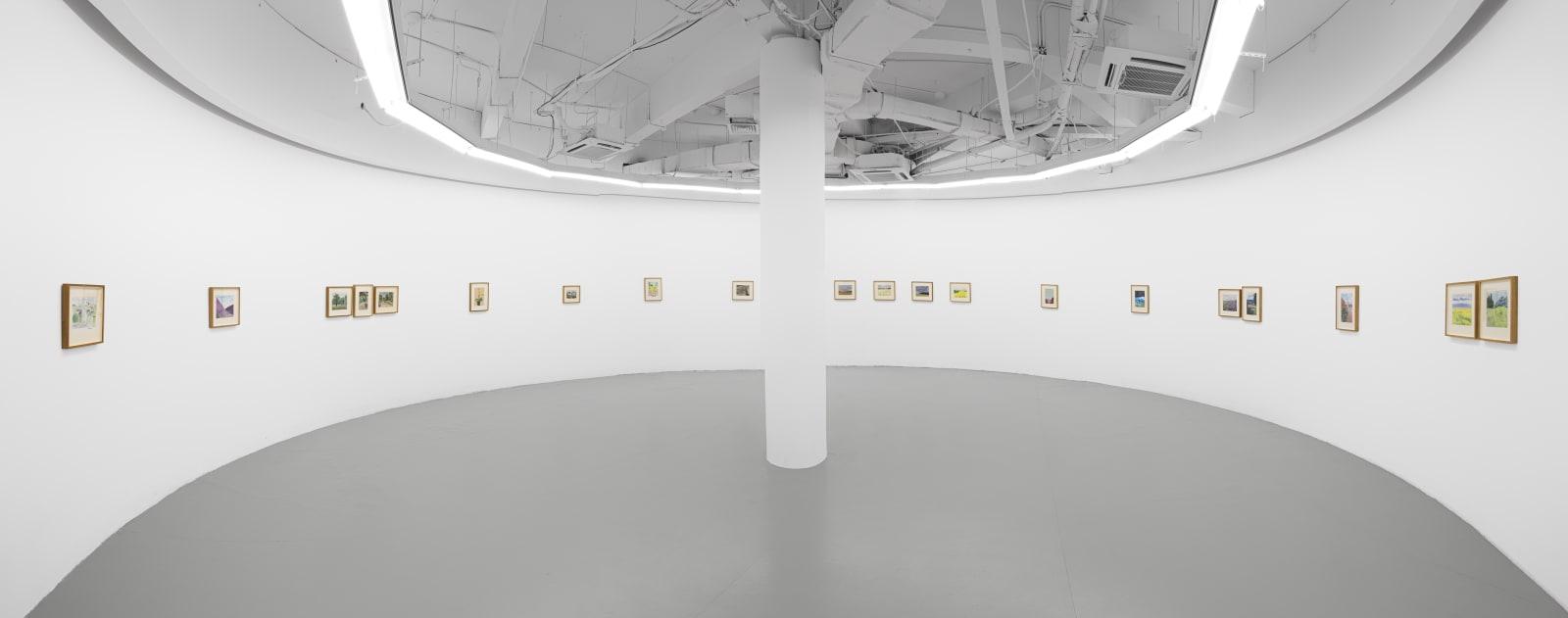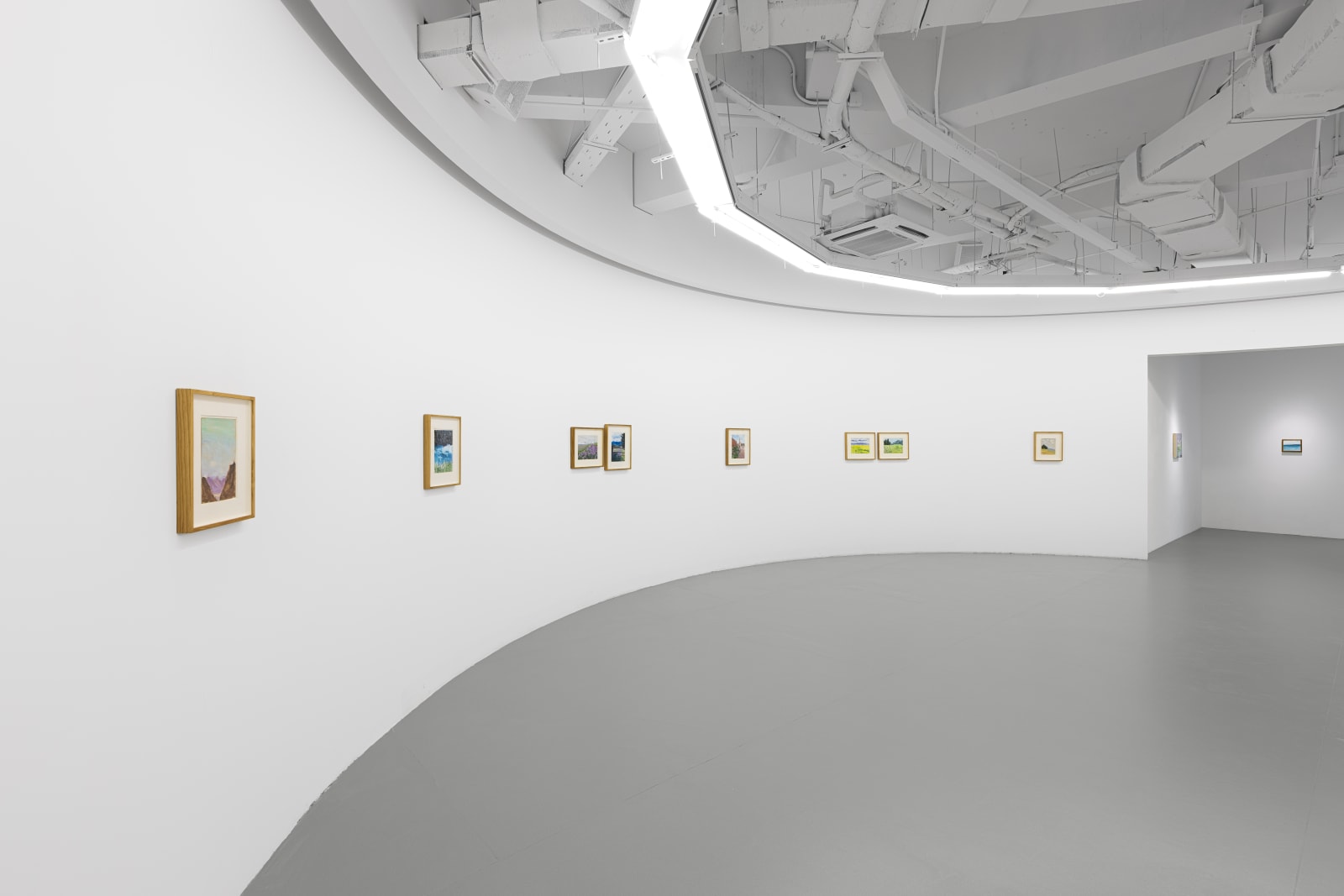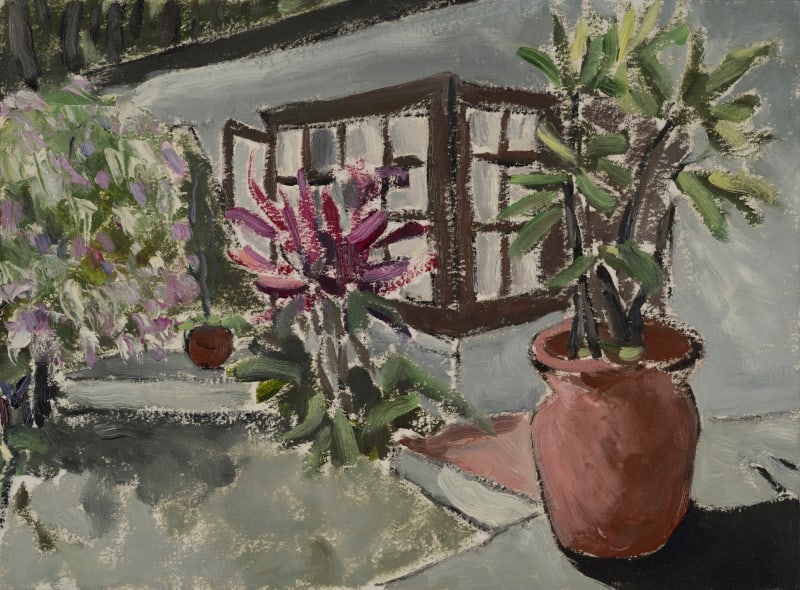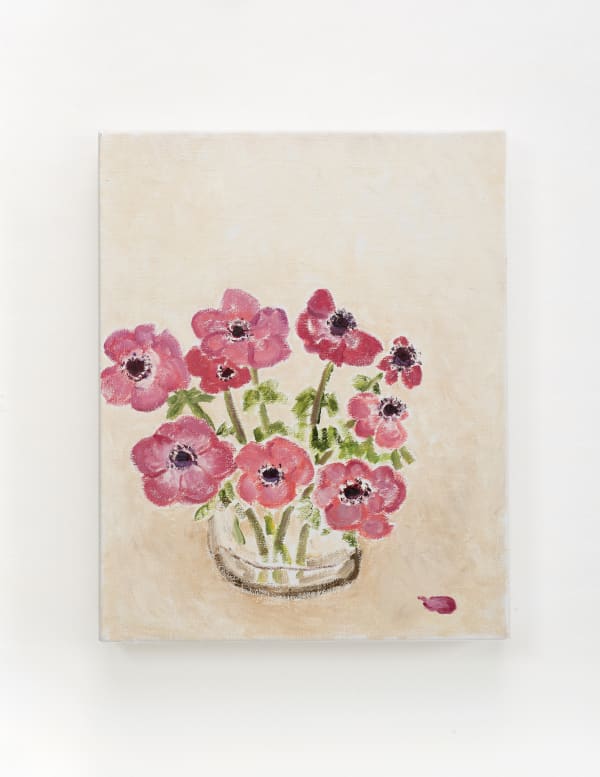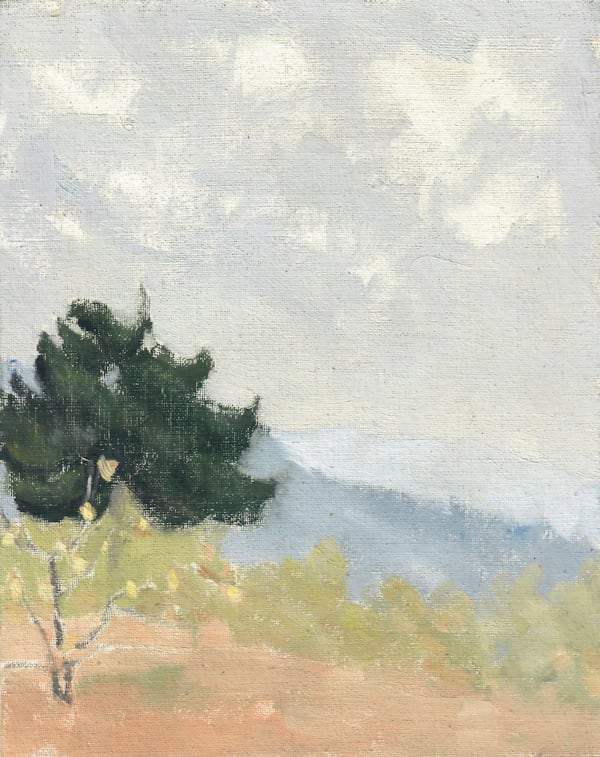LI Shan: A Red, Red Blossom: Solo Exhibition
A thing of beauty is a joy forever:
Its loveliness increases; it will never
Pass into nothingness; but still will keep
A bower quiet for us, and a sleep
——John Keats, <Endymion>
Don Gallery is pleased to announce the opening of LI Shan's solo exhibition "A Red, Red Blossom", which will run from September 8 through October 22, 2023. Focusing on a series of vibrant floral and landscape paintings spanning more than 50 years, the exhibition connects LI Shan's work as a prominent member of the avant-garde art collective No Name Art Group in the 1970s and she has been chronicling her travels and adventures on the China frontiers and abroad since she returned to painting. LI Shan's pure and refined brushstrokes have always appeared unconventional in the past and the present. Nevertheless, regardless of the changing surroundings, LI Shan's paintings consistently convey a genuine vitality and classical aesthetics, leaving a profound impact on viewers.
No Name Art Group:
"In the 70s, painting opened a window into the world for my heart"
At the age of 14, LI Shan joined the Wu Ming (No Name) Art Group and became its youngest member. From the late 1950s to the early 1980s, when China was facing severe socio-economic challenges and the cultural scene was monotonous and dreary, the No Name Art Group emerged as the first at-large art collective (in GAO Minglu's words) for Chinese contemporary art [1]. The members of the art group frequently gathered in the outskirts of Beijing to sketch and create artworks, emphasizing the concept of "art for art's sake", consciously distancing themselves from the dominant narratives of the time, and putting forward a brand-new demand for the possibility of presenting contemporaneity.
For the No Name Art Group, landscapes and still lifes hold great importance as their depiction subjects. Landscapes represent the physical reality of nature as well as its spiritual essence. The artists yearned to escape the city and immerse themselves in nature, seeking salvation for both their pure hearts and their artistic pursuits. Still life similarly, "Still life was not seen as something to be artificially arranged, but rather as something to be [actively] discovered" (in ZHANG Wei’s words). LI Shan, who was influenced by the No Name Art Group under day-to-day cultivation, fully embraced their artistic interests and ideas. Among these, she has a particular love for painting flowers. Because flowers symbolize and serve as a representation of ideal beauty and purity.
In the 1970s, LI Shan created a collection of paintings that portrayed flowers and landscapes - the Lilacs in the Beijing Botanical Gardens, and the fallen leaves and branches at Fragrant Hill Park - all of which were conscious expressions of her deepest desire for beauty. LI Shan, being a woman, was more delicate than other members of art group. When they were solely drawing garbage bin, LI Shan unconventionally added flowers on the reverse side of the bin. Constrained by the limited material conditions of the time, Untitled, depicting Fragrant Hill Park in autumn, was painted on cardboard pasted with gauze used to make masks, epitomising the qualities of optimism and resilience in the face of adversity.
Landscapes provide artists with a sense of autonomy as they strive to forge their own existence in spite of the established system, incorporating their personal ideals into their creations and crafting extraordinary, distinct realities that deviate from the norm. The "power of existence" is the coherence that emerges from LI Shan's small-scale paintings, which transform fragmented daily experiences into a continuous narrative.[2] Consequently, LI Shan's floral and landscape artworks are not mere reflections or accurate representations of reality, but rather the result of her imaginative and innovative spirit.
Getting Back to Painting: "Painting is part of the good life."
Since the 1970s, LI Shan has likely been the member who is least bothered by and concerned about the absence of formal academic background. Her paintings are always natural and unadorned, omitting detailed textures and depicting the structure of scenes and objects in a flat manner. Her sensitivity to colour and her great talent have been praised by both the members of the art group and the master WU Guanzhong. In the late 1970s, China ushered in a wave of modernisation with comprehensive reform and opening up, leading to significant changes in society and prompting most of the members of the art group to pursue other careers, such as business, and LI Shan was no exception. In 2005, at the age of 48, LI Shan picked up her paintbrushes again, and realised that her former skills and senses swiftly returned, and that "what I couldn't forget had been incorporated into my body, forming a permanent memory." She feels more at ease and liberated now as an independent creator.
Outside of painting, LI Shan's interests extend beyond to overseas travelling, hiking, snowboarding, and other outdoor activities. These pursuits have allowed her to visit various locations such as Xinjiang, England, Scandinavia, Switzerland, Nepal, etc., and her paintings have served as journals for her travels. LI Shan confesses that the concentration and peace she experiences while drawing contrasts sharply with the extroverted, adventurous nature she exhibits in her daily life. Her works, whether still lifes of flowers, vistas of the Tianshan Mountains, or exotic settings, transport the viewer to a realm free of both anger and despair. LI Shan pours her appreciation for beautiful things and love of life onto the canvas, and her works are always bright, warm, and dependable.
According to the German philosopher Hegel, "The mission of art is to reveal the truth in the form of sensual artistic images.” LI Shan possesses a remarkable combination of enthusiastic dynamism and introspective tranquility that is rare in our time. She has always been faithful to her own observations, observing the world and feeling the true meaning of life with innocent eyes, expressing different states of mind and emotional feelings in the subtle changes of colours, which has enabled her to maintain her vitality and charm in every successful observation and expression.
[1] GAO Minglu (Ed.), <The No Name: A History of A Self-Exiled Avant-Garde>, Guangxi Normal University Press, 2007.
[2] WANG Aihe (Ed.), <LI Shan: WU Ming (No Name) Painting Catalogue Vol.2>, Hong Kong University Press, 2009.
-
 LI ShanBrunfelsia Acuminate(The Cabin in Machhapuchhre, Pokhara, Nepal) 鸳鸯茉莉(尼泊尔博卡拉鱼尾峰小屋), 2018Oil on paper 纸上油画
LI ShanBrunfelsia Acuminate(The Cabin in Machhapuchhre, Pokhara, Nepal) 鸳鸯茉莉(尼泊尔博卡拉鱼尾峰小屋), 2018Oil on paper 纸上油画
Framed 有画框21.5 x 29 cm -
 LI ShanFaded Anemones 开败的银莲花, 2022Oil on canvas 布上油画50 x 40 cm
LI ShanFaded Anemones 开败的银莲花, 2022Oil on canvas 布上油画50 x 40 cm -
 LI ShanPurple Flowers are Blooming All Over the Mountain (Dufftown, Scotland) 紫花开满山 (苏格兰达夫镇), 2022Oil on paper 纸上油画21.7 x 29.7 cm
LI ShanPurple Flowers are Blooming All Over the Mountain (Dufftown, Scotland) 紫花开满山 (苏格兰达夫镇), 2022Oil on paper 纸上油画21.7 x 29.7 cm -
 LI ShanPurple Eustoma (Dufftown, Scotland) 紫色洋桔梗 (苏格兰达夫镇), 2022Oil on paper 纸上油画
LI ShanPurple Eustoma (Dufftown, Scotland) 紫色洋桔梗 (苏格兰达夫镇), 2022Oil on paper 纸上油画
Framed 有画框21.6 x 29.8 cm -
 LI ShanRape Flowers in the foothills (Balikun Grassland) 油菜花在天山下(巴里坤草原), 2021Oil on paper 纸上油画
LI ShanRape Flowers in the foothills (Balikun Grassland) 油菜花在天山下(巴里坤草原), 2021Oil on paper 纸上油画
Framed 有画框21.5 × 29.5 cm -
 LI ShanUntitled 无题, 1970sOil on cotton gauze and paper 纸上纱布油画
LI ShanUntitled 无题, 1970sOil on cotton gauze and paper 纸上纱布油画
Framed 有画框23.5 × 18 cm

